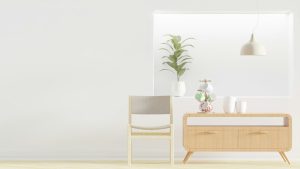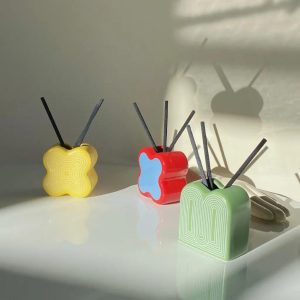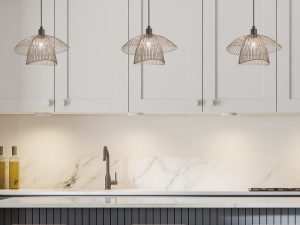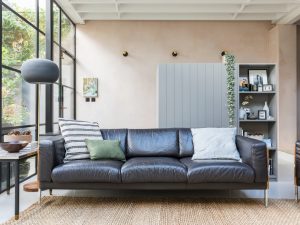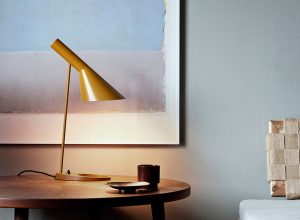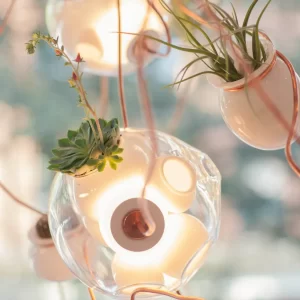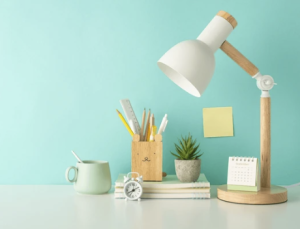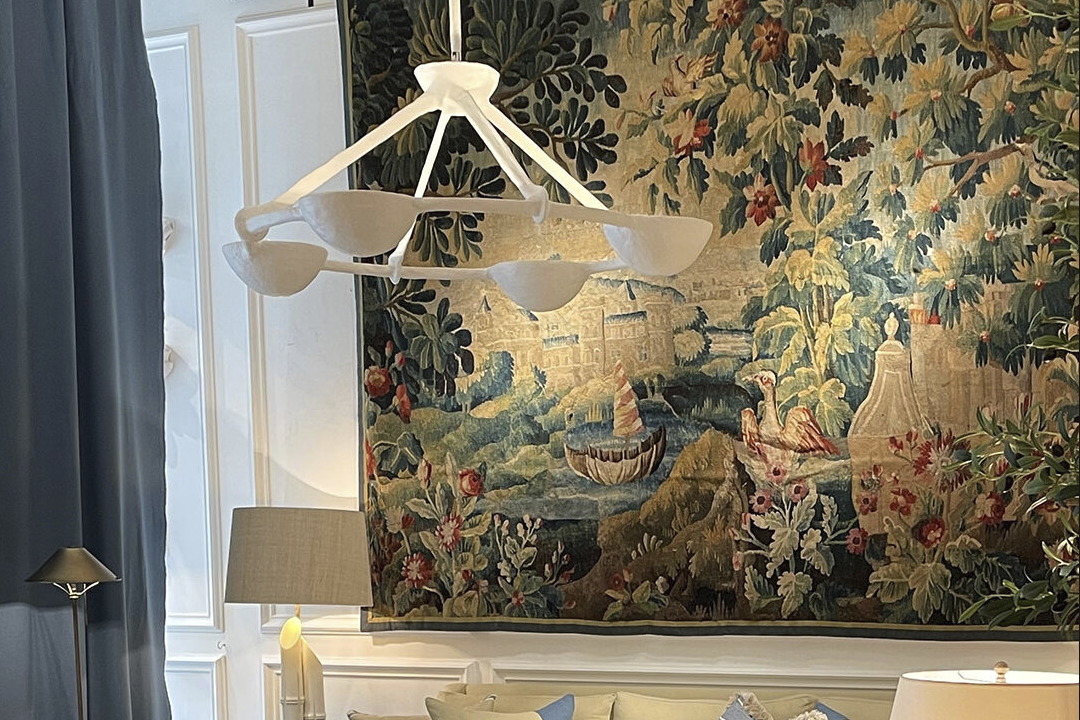
In cinematography and photography, color gels (also known as lighting gels) are a great way to add visual detail to a story. These are thin sheets of heat resistant plastic, and are used to block or alter the light from a flash or other light source. Gels are also used on lenses to create diffraction and interesting distortions. A number of different colored and non-colored gels are available.
Color-correction gels are useful when shooting a number of light Xlightings sources at the same time. They can be tinted to compensate for tungsten and daylight sources. You can also use them to control the intensity of the light. If you have a lot of lights, a neutral density gel may be the best choice.
Another useful piece of technology is a temperature adjustment gel. This can alter the light coming from your light source, from hot to cold or vice versa. When selecting a temperature adjustment gel, be sure to check the specifications of the product. It may be too hot or too cold for your needs.
While it’s true that a gel can cut light, the trick is to use the right ones for the job. For example, a red gel is a great way to filter out other colors and make your subject stand out, but the color itself may be too saturated for the job. On the other hand, a blue or cyan gel may be the perfect solution if you’re looking to create a moonlit romance or a cool night scene.
Another handy tip is to combine a colored gel with a clean light source. You can use two or three light sources to achieve this effect, or use a side light or rim light to reflect the colored gels on your subject.
Using a color gel is one of the easiest ways to make a photo look natural, even if it is a studio shot. It is also a cheap alternative to other more expensive pieces of equipment, like reflective panels. Plus, the color combinations can be extremely creative. Use two or more color gels together and you will have a huge array of options.
If you are a beginner, you can start by trying your hand at a few simple shots. Once you get the hang of it, you can move on to more advanced techniques. Adding a little realism to your photographs or video will help you boost your professional credentials.
The color temperature or CTO of the day is a great place to start. You can use it to create a golden hour effect by saturating your lighting set with warm light. However, you should keep in mind that it won’t produce the same effect as a full CTO gel.
Some photographers opt for a more complicated technique, such as using a neutral density filter. Neutral density filters are a type of dimmer that interacts with light the same way a gel does. Using a filter to reduce brightness will result in less color spill.
